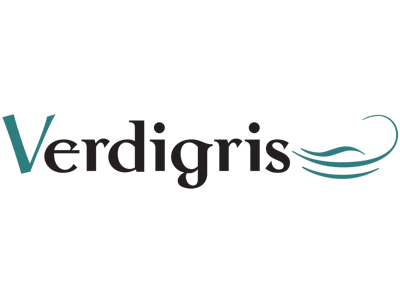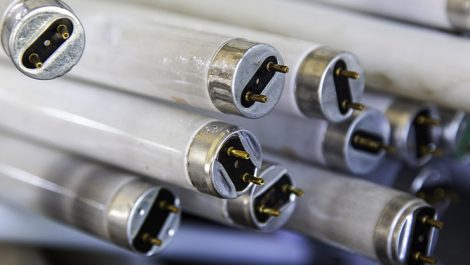Ink contributes only a miniscule amount to the overall carbon footprint of printed matter. But its use, development, manufacture and removal in readiness for substrate recycling can have a substantial impact. The use part is especially important since it can affect operators’ health and influence other aspects of production’s energy footprint, such as curing and drying.
According to the European Printing Inks Federation there are over one million different ink recipes used across the range of applications where ink plays a part. Manufacturers offer different formulas suited to different printing methods and in digital printing the ink sets can differ from device to device. Makers must balance performance with cost and environmental considerations and ideally get a certification of some sort for the ink’s credentials and the maker’s claims. The most popular and well respected such certification are the Greenguard and Greenguard Gold awards and achieving them can widen the scope of applications for a given printing system.
The Greenguard certifications are intended to ensure that materials and products used indoors are safe with respect to their chemical emissions. Greenguard Gold certifications require compliance with even stricter targets and additional safety criteria, including constraints for over 360 Volatile Organic Compounds (VOCs) and lower aggregate VOC emission requirements. Intended to provide additional safeguards for children and elderly people, Greenguard Gold schemes also take into account how the VOCs in a product interact.
Both of the Greenguard certifications confirm that the printed products used for interior spaces in homes, hospitals and schools are safe, and that they pose no risk to human health. For a printing company this potentially enhances competitive advantage and for their customers it offers some peace of mind that the printed materials won’t poison their customers, patients or children.
These standards are important for printing system and ink manufacturers so it is encouraging that more companies are making an effort to get their inks certified. Fujifilm has been in the vanguard of this effort along with HP but other companies, are also getting their inks certified. Both Mutoh and SwissQPrint recently announced that all of their standard inks are now either Greenguard or Greenguard Gold certified. And Agfa’s got this certification too for its UV LED inksets for the JETI and Anapurna wide format digital presses.
We can expect more such announcements as manufacturers start paying greater attention to the potential applications for their machines in producing printed interiors. Expect this to be a major topic at the FESPA Printed Interiors feature at next year’s event in Madrid.
– Laurel Brunner
This article was produced by the Verdigris Project, an industry initiative intended to raise awareness of print’s positive environmental impact. This weekly commentary helps printing companies keep up to date with environmental standards, and how environmentally friendly business management can help improve their bottom lines. Verdigris is supported by the following companies: Agfa Graphics, EFI, Fespa, Fujifilm, HP, Kodak, Ricoh, Spindrift, Splash PR, Unity Publishing and Xeikon.





